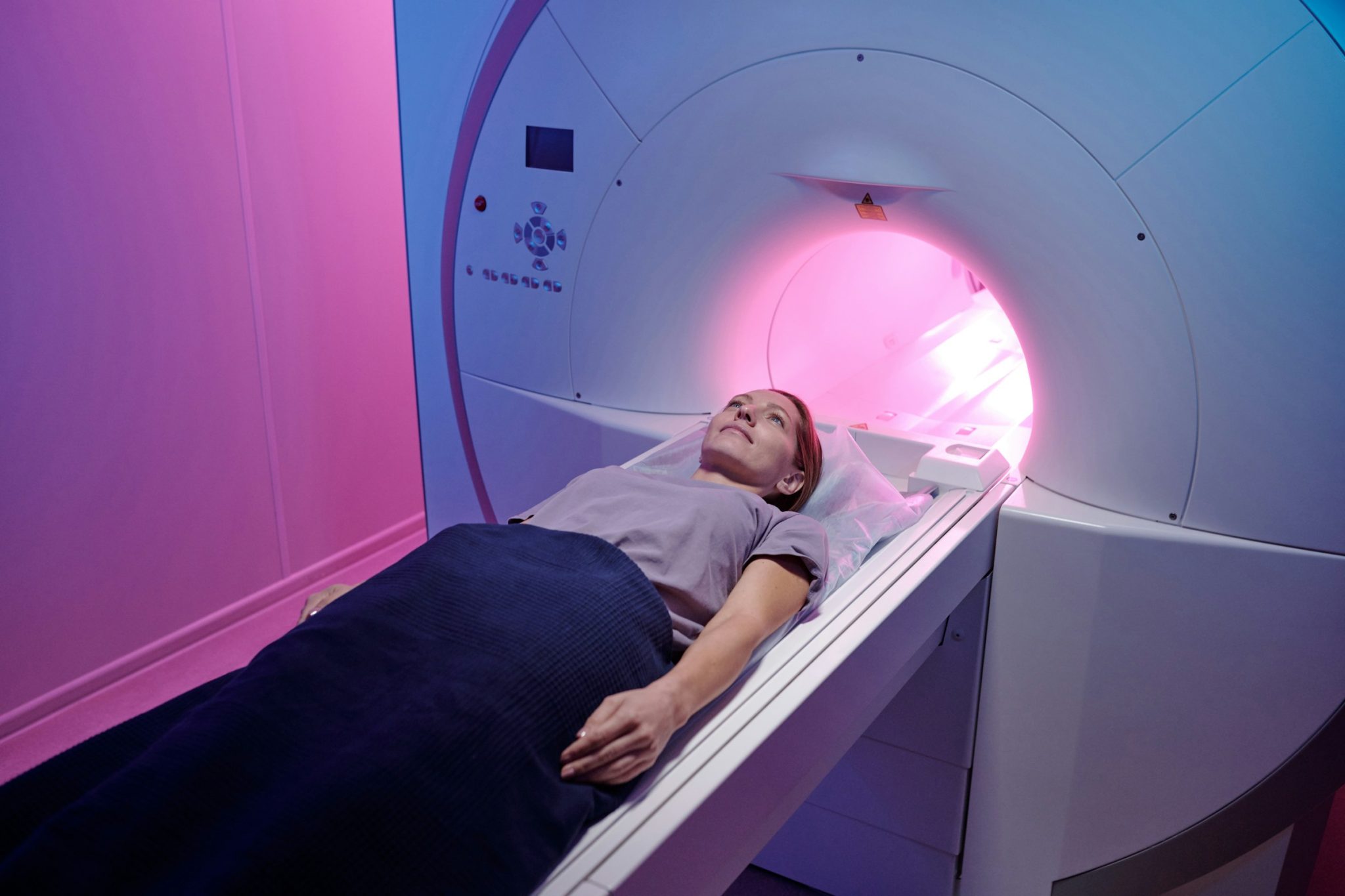Choosing the right hospital equipment is an integral part of creating a safe, efficient, and patient-friendly healthcare environment. The selection process can be complex, with a multitude of factors to consider, including cost, quality, and the specific needs of your patient population. This guide aims to simplify this process, providing insightful advice on how to make thoughtful and informed decisions when outfitting your healthcare facility.

Table of Contents
Understanding Patient Needs
The first crucial step in selecting the appropriate hospital equipment is gaining a deep understanding of your patient’s diverse and unique requirements. This encompasses catering to various patient demographics, such as pediatric or geriatric populations, and prioritizing a patient-centered approach through thorough research and valuable patient feedback. By understanding the specific needs of different patient groups, healthcare providers can ensure that the equipment meets the highest standards of care and safety. Additionally, considering factors such as mobility, comfort, and ease of use can further enhance the overall patient experience and contribute to better health outcomes.
Cost-Effectiveness
While maintaining uncompromised quality is paramount, it is equally significant to carefully consider the cost-effectiveness of hospital equipment. Striking a balance between high-quality equipment that aligns with budgetary constraints is essential for sustaining financial stability while delivering comprehensive care to patients. This balance ensures that healthcare facilities can invest in state-of-the-art equipment while also managing their resources efficiently, ultimately contributing to better patient outcomes and overall operational effectiveness.
Product Quality and Patient Safety
The direct impact of equipment quality on patient safety and satisfaction cannot be overstated. It is crucial to prioritize accredited manufacturers and suppliers to ensure that the equipment not only adheres to industry standards but also consistently delivers reliability, thereby safeguarding and promoting patient well-being. By opting for accredited sources, healthcare facilities can instill confidence in their patients and demonstrate a commitment to upholding the highest standards of care and safety.
Technological Advancements for Enhanced Patient Care
Staying abreast of the latest technological advancements is crucial for elevating patient care and optimizing hospital processes. By investing in modern, innovative equipment and staying updated on cutting-edge developments in medical technology, healthcare facilities can realize significant improvements in diagnostics, treatment, and overall patient comfort. This proactive approach ultimately enhances the quality of care provided to patients, leading to better health outcomes and improved efficiency in healthcare delivery.
Hospital Curtains and Tracks
Hospital curtains and tracks are often overlooked but play a critical role in maintaining patient privacy and controlling infection spread in healthcare settings. Thoughtful selection and regular maintenance of hospital curtains and tracks can significantly enhance patient comfort and safety while complying with hygiene standards. The selection of curtains and tracks should prioritize ease of use, durability, and the ability to withstand frequent cleanings. When considering curtains, antibacterial fabrics that inhibit the growth of pathogens are a preferred choice. Tracks, on the other hand, should allow for smooth and easy movement of curtains, be resistant to wear and tear, and have features that allow for quick and easy curtain changes.
Radiology Equipment for Superior Diagnostics
Radiology equipment serves as the backbone of diagnostics in any healthcare facility, aiding in the early detection, diagnosis, and monitoring of numerous health conditions. Therefore, making informed choices about radiology equipment such as X-ray machines, CT scanners, and MRI machines is crucial. A thoughtful selection can not only enhance the accuracy of diagnoses but also lead to improved patient comfort during testing procedures.
Surgical Equipment for Effective Treatment
Surgical equipment, including surgical instruments, anesthesia machines, operating tables, and electro-surgical units, play a pivotal role in ensuring successful treatment outcomes. These tools need to offer precision, sterility, and efficiency, thus aiding surgeons in performing complex procedures with utmost care. Selecting the right surgical equipment can significantly impact surgery success rates, patient recovery times, and overall patient safety during operations.
Staff Training and Patient Care Enhancement
Recognizing that the efficacy of medical equipment is contingent on the proficiency and knowledge of the personnel operating it underscores the critical importance of comprehensive and continuous staff training. Well-trained and calm staff not only minimize user errors but also contribute significantly to an elevated standard of patient care through adept and precise equipment operation, ultimately enhancing overall healthcare outcomes and patient satisfaction. Moreover, fostering a culture of ongoing learning and development can also empower healthcare professionals to adapt to emerging trends and technologies in healthcare, ensuring they remain proficient in utilizing cutting-edge equipment and providing the highest standard of care to patients.
After-Sales Service and Equipment Maintenance
Selecting suppliers that offer exceptional after-sales services is crucial for ensuring the sustained optimal performance of hospital equipment. These services should encompass installation, regular maintenance, repair services, and comprehensive warranties. This emphasis on after-sales support contributes to the uninterrupted delivery of high-quality patient care, reflecting the hospital’s commitment to excellence in healthcare services.
Environmental Impact and Cost Efficiency
Deliberating on the environmental impact of hospital equipment introduces the opportunity to opt for eco-friendly choices. By selecting equipment with lower energy consumption and sustainable materials, hospitals can not only benefit the environment but also potentially realize substantial cost savings through reduced energy expenses and extended product lifecycles. Additionally, these eco-friendly choices align with the growing emphasis on corporate social responsibility, which can enhance the hospital’s reputation and attract environmentally conscious patients and stakeholders.
Future-Proofing for Healthcare Adaptability
Anticipating future changes in healthcare delivery and technology is crucial for healthcare providers and facilities. It underscores the significance of selecting equipment with upgradability and versatility, allowing for seamless integration of new technologies and adaptations to evolving healthcare needs. Choosing future-proof equipment not only ensures readiness for technological advancements but also contributes to sustained preparedness and adaptability in the ever-changing healthcare landscape. This proactive approach is essential for maintaining high standards of care and meeting the dynamic demands of the healthcare industry.

The process of choosing hospital equipment is a multifaceted task that requires strategic planning, a deep understanding of patient needs, and a keen eye for quality and technological advancements. Consideration must also be given to cost-effectiveness, environmental impact, and how well the equipment can adapt to future changes in healthcare delivery. By making informed and thoughtful choices, healthcare facilities can ensure they are equipped to provide high-quality care that meets patient needs, while also maintaining their own operational efficacy and adaptability in a rapidly evolving industry. Remember, the ultimate goal should always be to enhance patient care and safety, improve health outcomes, and uphold healthcare excellence.
- About the Author
- Latest Posts
Whether she is researching the latest trends in home decor, life-changing destination getaways, or the best way to maintain your finances, Dewey takes pride in leaving no stone unturned. She is passionate about distilling and delivering high-quality information that you can use to upgrade your life.

